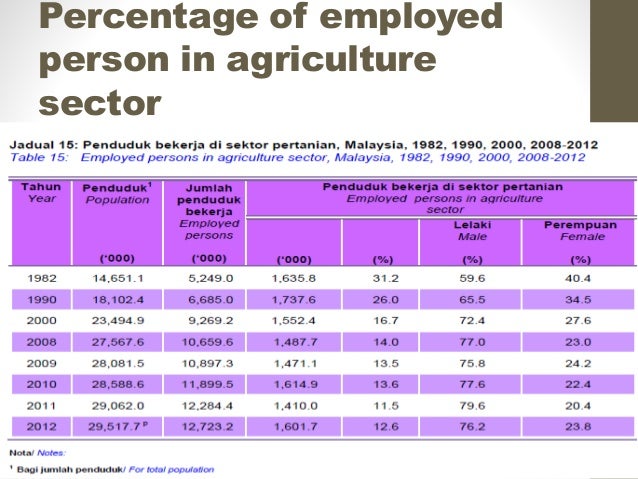Our group bonding day at Ladang 16, Plantations Faculty UPM. Started the journey at 8.20am from Putra Food Court (PFC).
We never thought that the journey to the farm from the main road is about 1km , but it was a great journey, walking with our groupmates and also other groupmates who planned to go there on the same day with us. Other than strengthen our bonding, we were also able to know our other coursemates.
First we went to dairy farm, agriculture is classed for the long term production of milk, which then is processed to be dairy products.
Putra Dairy Farm has two breeds of diary cattle, which are Friesian Jersey and Friesian Sahiwal. Each cow has an average lives of 10 years, with 6-8 times of pregnancies throughout the whole life. Putra Dairy Farm uses extensive production system, in which the cows spend the majority of the year outdoors.
In the dairy farm, the workers are responsible to:
know when will the mother cow deliver when she gets pregnant and quickly separate the baby from the mother. The farm is producing dairy products, and they need the milk from the mother cows. Once the mother cow gives birth, inside their breast contains a lot of good and high nutrients milk. To prevent the mother cow only gives out milk during breast-feeding to her baby, they need to separate them. This is due to the fact that the feeling of breast-feeding and taking the milk though the milking equipment is very different.
Calf
Milking Equipment
The worker in the farm is feeding the baby cow.
The workers use a machine called milking equipment to get the milk for the cows. In this machine also, the process of killing and eliminating bacteria and fats occurs, using the hot water equipped inside the machine.
For each cow, the process takes around 5-7 minutes, and produces averagely 7-9 liter per day.
The milk squeezing must be carried on everyday, if not the cow might get milk fever.
Since we missed the milk squeezing session, this is an example we got from Youtube.
This is colostrum - milk produced by the mother on the late pregnancy and the few days after giving birth.
Thank you Encik Mafus for the information and opportunities to let us know more about the farm :)

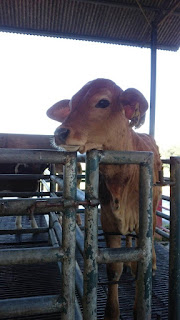




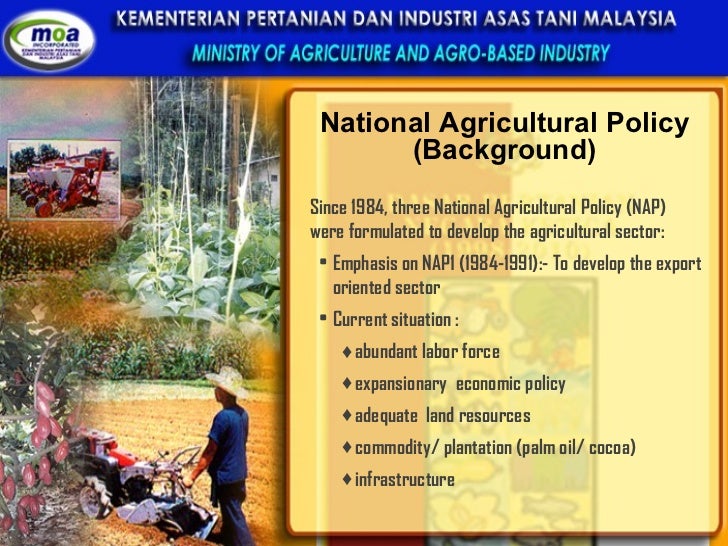
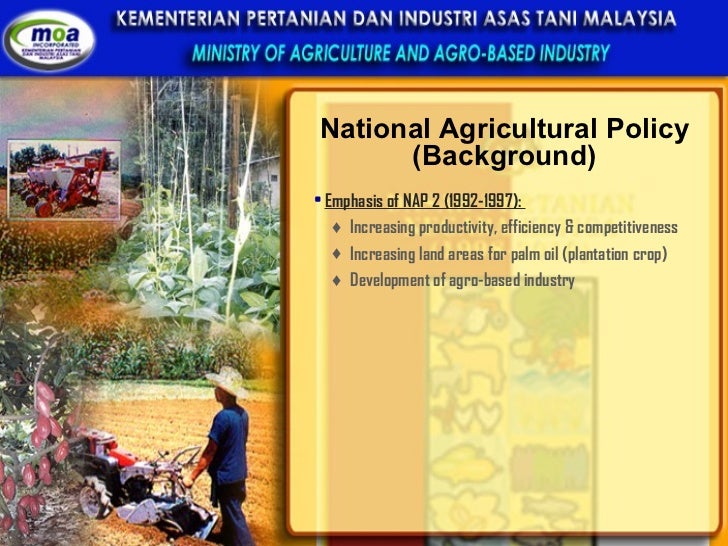
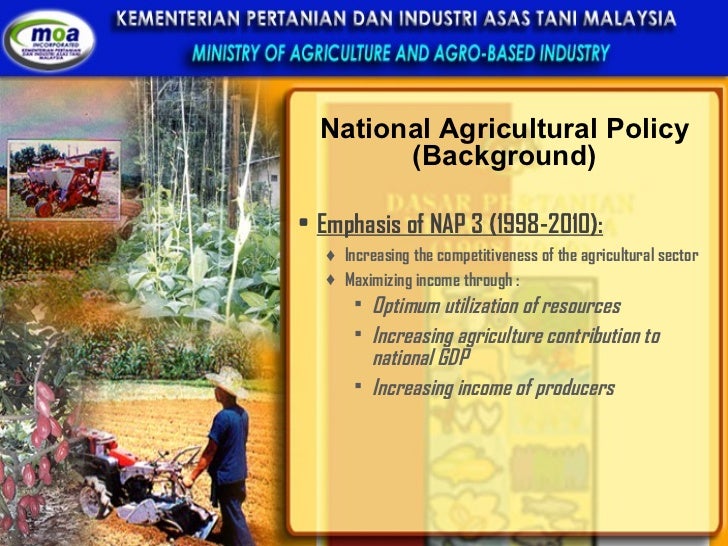


.jpg)
